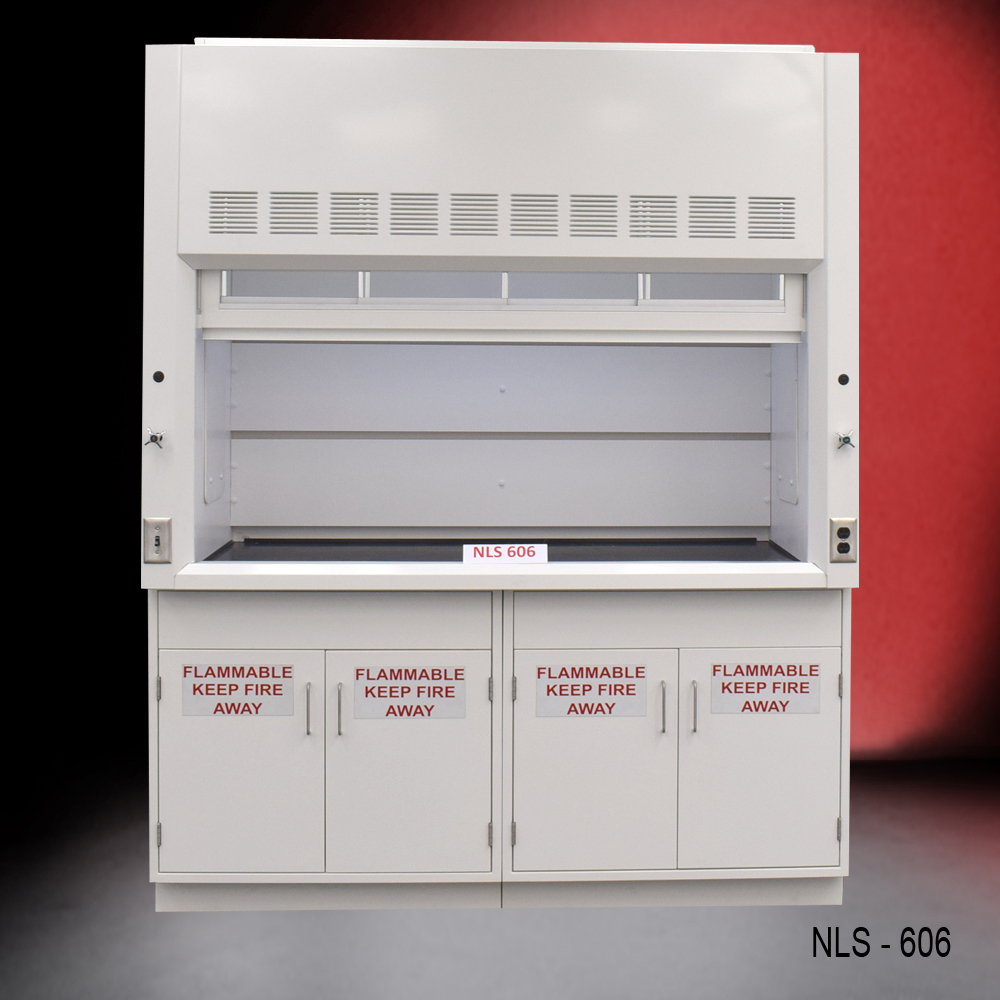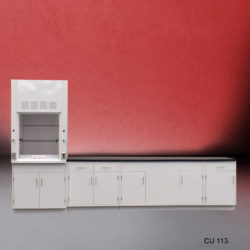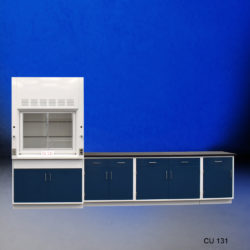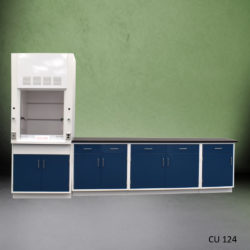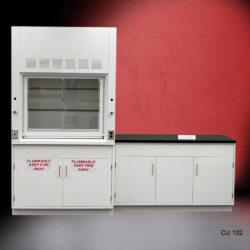What Are Ductless Fume Hoods?
Ductless fume hoods, also known as filtered fume hoods or recirculating hoods, are enclosed workstations designed to protect laboratory personnel from hazardous fumes, vapors, and particulates. Unlike traditional ducted hoods that exhaust air to the outside, ductless hoods use high-efficiency filtration systems—typically activated carbon and/or HEPA filters—to capture contaminants before recirculating clean air back into the lab environment.
They are increasingly popular in labs where mobility, cost-efficiency, or flexible installation is a priority—but do they offer the same level of protection as their ducted counterparts?
Related: How Does a Ductless Fume Hood Work?
Contaminants Ductless Fume Hoods Are Effective Against
Ductless hoods can provide excellent protection—when used properly and within their limits. They are most effective against:
- Low-to-moderate concentrations of chemical vapors
Especially organic solvents like ethanol, methanol, or acetone, when the appropriate carbon filters are used. - Acid gases (with specialty filters)
Filters can be customized for formaldehyde, ammonia, hydrochloric acid, and other acidic vapors. - Particulates (with HEPA filters)
Some models include HEPA filtration for protection against fine particulates, making them suitable for limited powder handling or biological agents (though not a replacement for a biosafety cabinet).
Limitations and Safety Concerns of Ductless Fume Hoods
While ductless hoods are convenient, they have critical limitations that lab managers must understand:
- Filter saturation and breakthrough
Over time, filters lose effectiveness. Without a reliable filter monitoring system, breakthroughs of hazardous chemicals can occur unnoticed. - Limited chemical compatibility
Not all chemicals can be safely filtered. Substances with poor absorbability (e.g., mercury vapor, certain aldehydes) may pass through filters. - No external exhaust
In the event of filter failure or overload, contaminants are recirculated into the room, posing a potential risk to personnel. - Higher maintenance demands
Frequent filter replacement and rigorous monitoring are essential, increasing operational overhead.
When Are Ductless Fume Hoods Appropriate?
Ductless hoods are best suited for:
- Educational labs or general-purpose workspaces
Where only low-risk chemicals are used in small volumes. - Mobile or temporary setups
In facilities where ductwork is impractical or cost-prohibitive. - Supplemental containment
To support localized applications outside of primary ducted systems.
They are not appropriate for:
- Processes involving high volumes or highly toxic chemicals
- Applications with unknown or variable chemical usage
- Environments requiring compliance with stringent exhaust regulations
Industry Standards and Best Practices
Lab managers should consult the following when evaluating ductless fume hood safety and suitability:
- SEFA (Scientific Equipment and Furniture Association)
Offers performance recommendations and chemical compatibility guidelines for ductless hoods. - OSHA and NIOSH guidelines
Stress the importance of proper containment, air quality, and chemical hazard control. - Manufacturer certifications
Ensure the hood meets ANSI/ASHRAE 110 standards for containment performance testing. - Filter life tracking
Implement strict protocols for logging chemical usage and tracking filter life based on actual exposure, not just time.
Conclusion: A Conditional “Yes” with Caution
Do ductless fume hoods provide adequate protection? Yes—but only when matched correctly to the application, used within their chemical and flow capacity, and maintained with diligence.
Ductless hoods offer an effective and economical solution for low-risk environments. However, a ducted fume hood remains the gold standard for maximum safety and compliance for high-risk or variable applications.
When in doubt, prioritize long-term safety and regulatory compliance over short-term convenience.


